Confused between decorative and architectural lighting? You're not alone, but help is at hand
At last, says Giles Kime, help is at hand for anyone blinded by the byzantine complexity of architectural lighting.
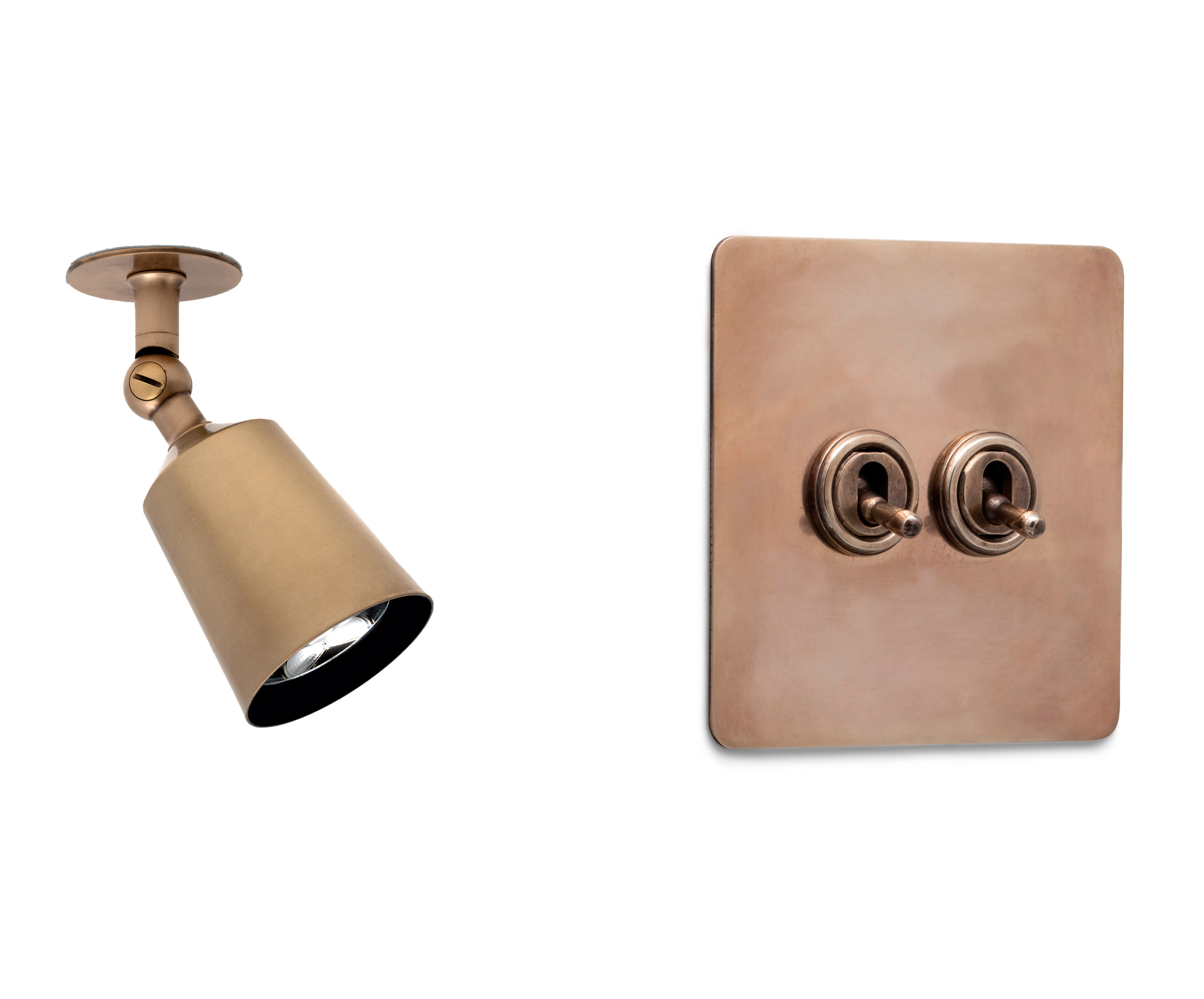

When Giles Redman launched Corston to eliminate the headache that faces anyone planning a lighting project, his instinct was to distinguish between decorative lighting and architectural.
The two do very different things; decorative lights, such as table lamps, floor lamps and pendants, don’t merely illuminate a space with a warm, often low-level glow, they also create mood and interest, as well as lending symmetry and focal points to a scheme when required. In many cases, its manufacture requires craftsmanship that might otherwise have disappeared and materials that would otherwise rarely see the light of day, such as gilt, alabaster and bronze.
As well as creating an extensive range of artfully designed door furniture, hooks, locks, latches, sockets and switches, Corston also tackles the rather knottier problem of architectural lighting that has become more of a focus as the layouts of houses have become more open plan and kitchens have grown larger and more multifunctional. It also offers the advantage of creating a simpler, more pared-back space.
Lighting these areas sympathetically and effectively requires thought. The problem, Mr Redman points out, is that getting architectural lighting wrong can kill even the most painstakingly planned interior. Moreover, vast, proliferating choice and ever-evolving technology leads many people to assume that getting it right is the preserve of a professional. Although the latter can solve the problem, there can also be a danger that professionals will specify elaborate plans that leave a room looking more like a commercial space than a home.
Mr Redman hopes that, by simplifying lighting, Corston will encourage non professionals to create their own lighting schemes. ‘People think that when you illuminate a large space, it’s necessary to light the whole of it, which is why so many lighting schemes comprise symmetrical arrangements of fixed low-voltage spots. These rather take a hammer to crack a nut and can mean that the rooms aren’t always the greatest place to be.’
He believes it makes more sense to use a room plan to identify areas that require illuminating (work surfaces, stairs and artwork, for example) and to fit directional lights accordingly. With this in mind, he offers a wide range of adjustable spotlights that can be focused where needed. Lighting, it seems, is an area where less is definitely more.
Corston (01249 549332; www.corston.com)
Sign up for the Country Life Newsletter
Exquisite houses, the beauty of Nature, and how to get the most from your life, straight to your inbox.
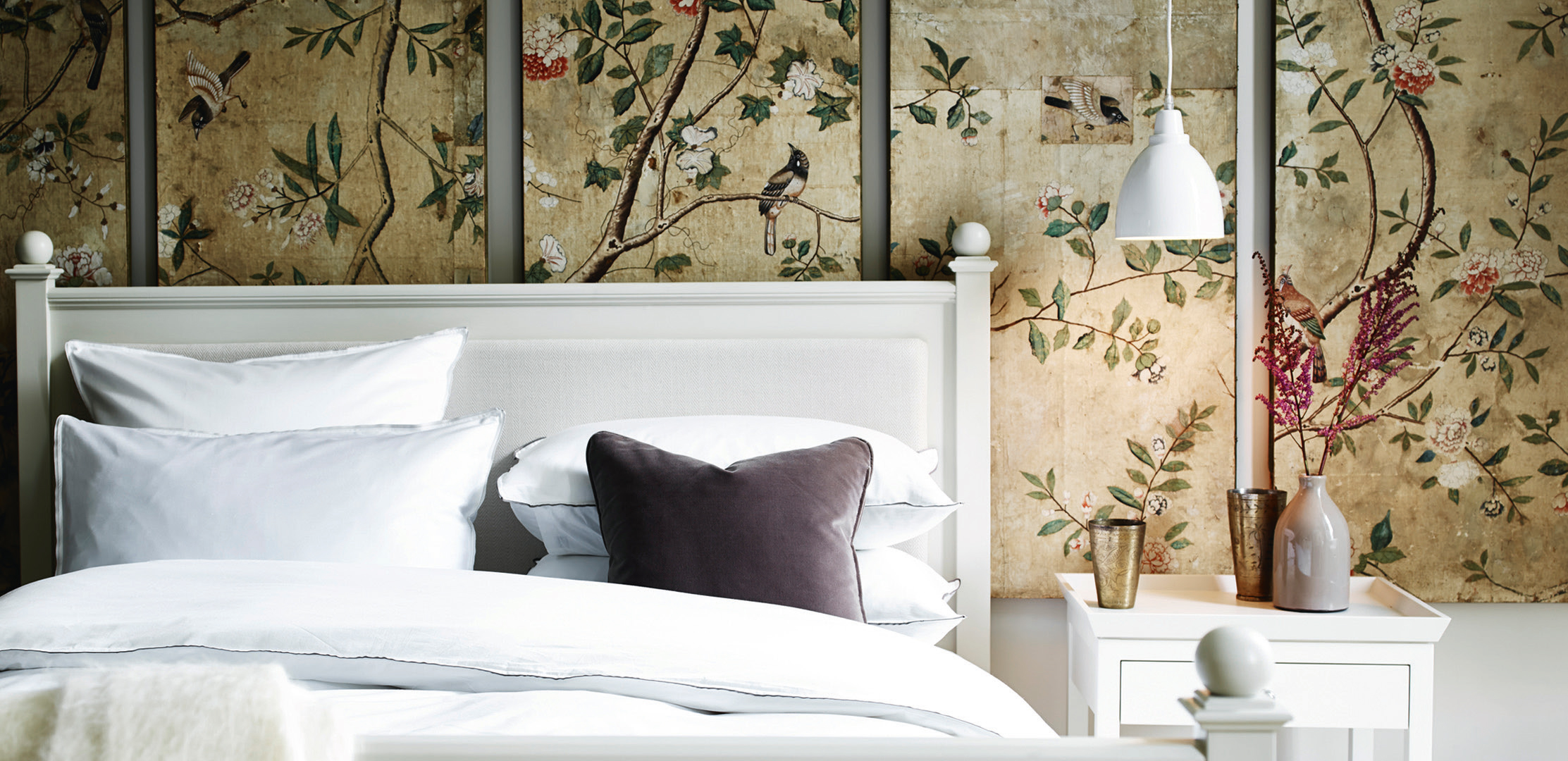
Credit: Rothschild & Bickers
Perfect pendants: Shedding light on why they've taken over from our precious table lamps
Pendant lights are plumbing new depths - Giles Kime finds out why.
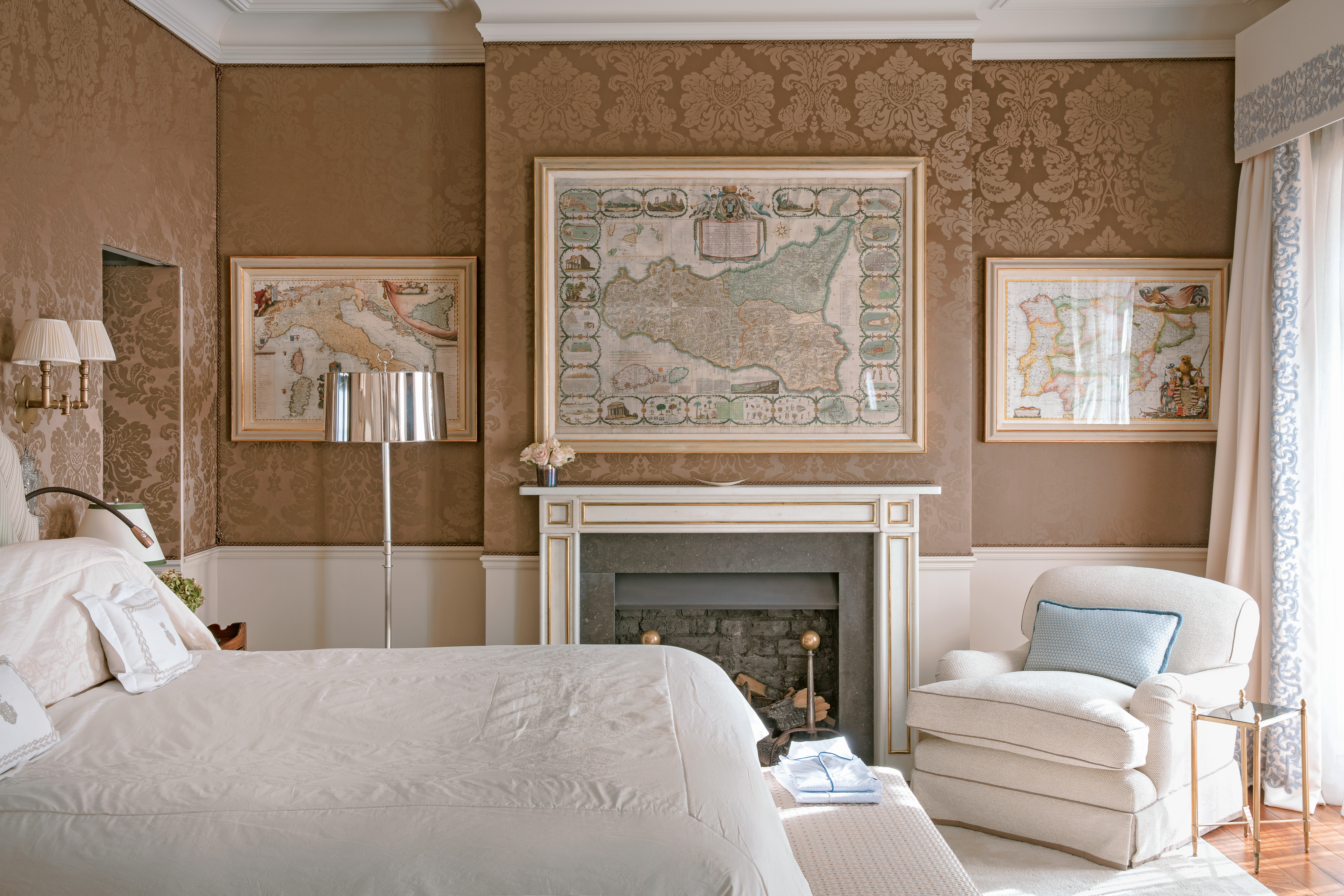
A Nina Campbell-designed bedroom where comfort and beauty go hand-in-hand
Nina Campbell combines comfort and calm in this harmonious bedroom scheme. Amelia Thorpe takes a closer look.
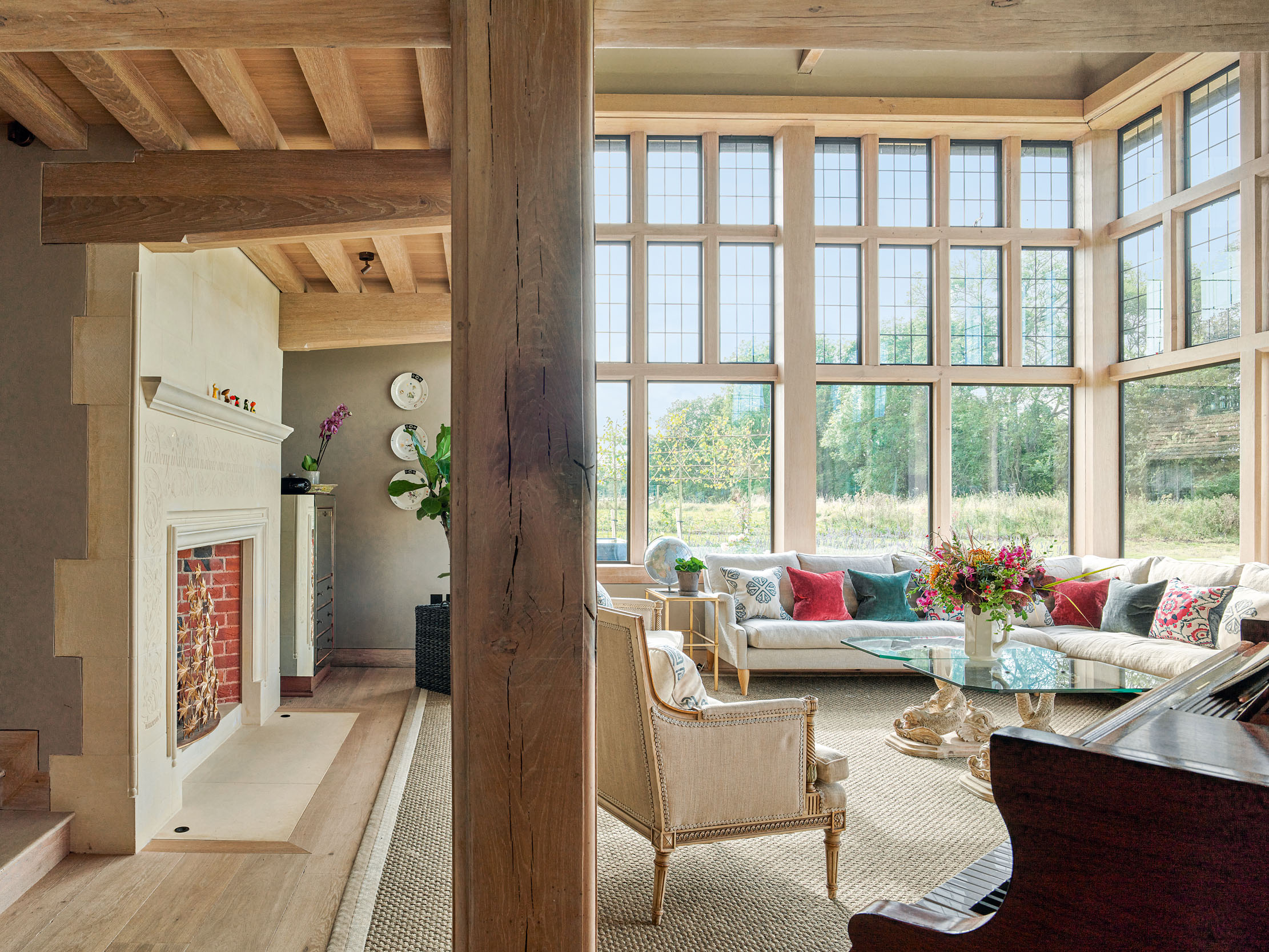
10 things I wish I'd known about doing up old houses before I started, by Country Life's interiors guru Giles Kime
Country Life’s executive editor and resident interiors expert Giles Kime shares the lessons he’s learnt from the experience of dragging
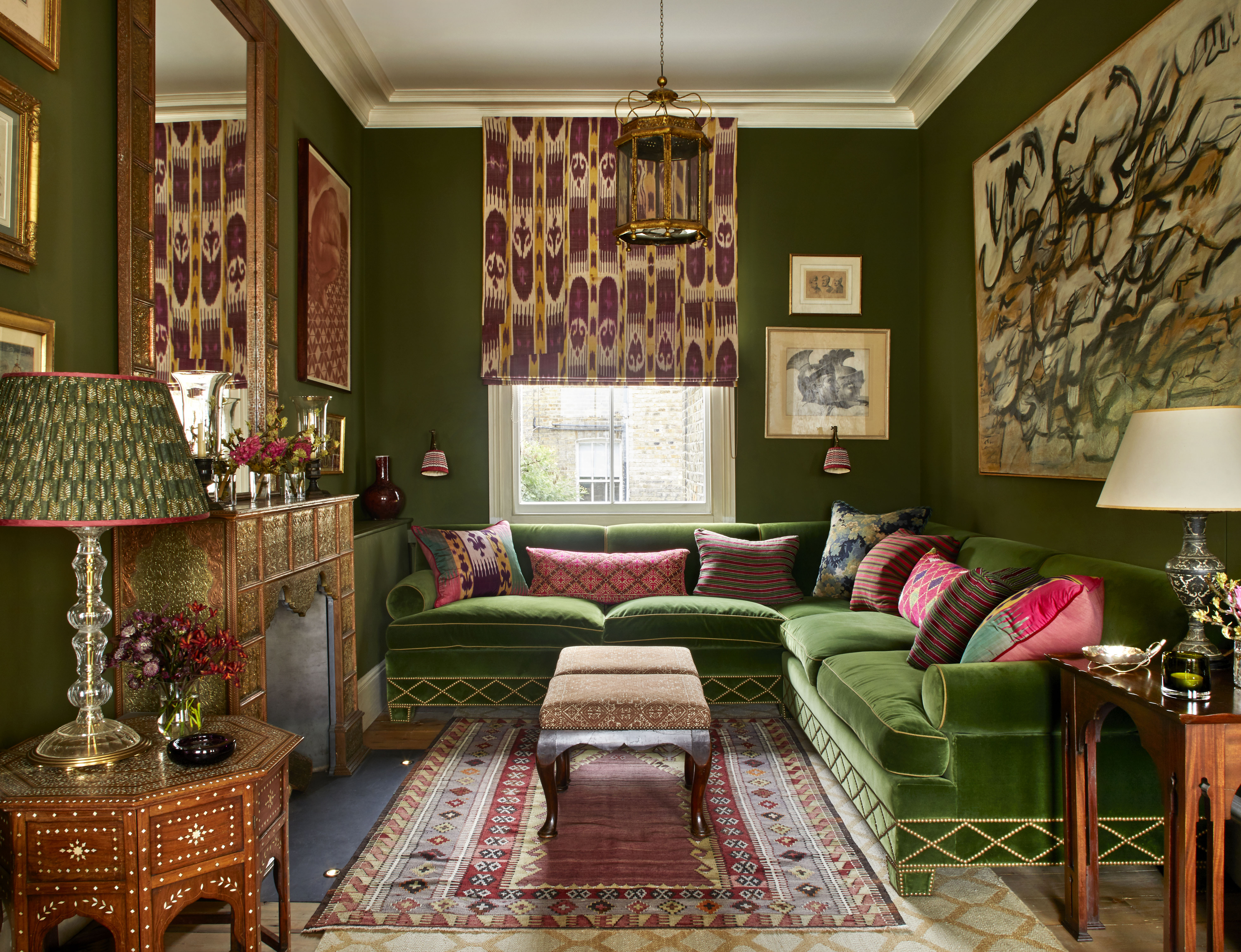
How to bring a change of tempo to a large drawing room with a sumptuous sitting area
Inspired by Moroccan furniture, Guy Goodfellow looked to his own home to create a bold and intoxicating addition to his
-
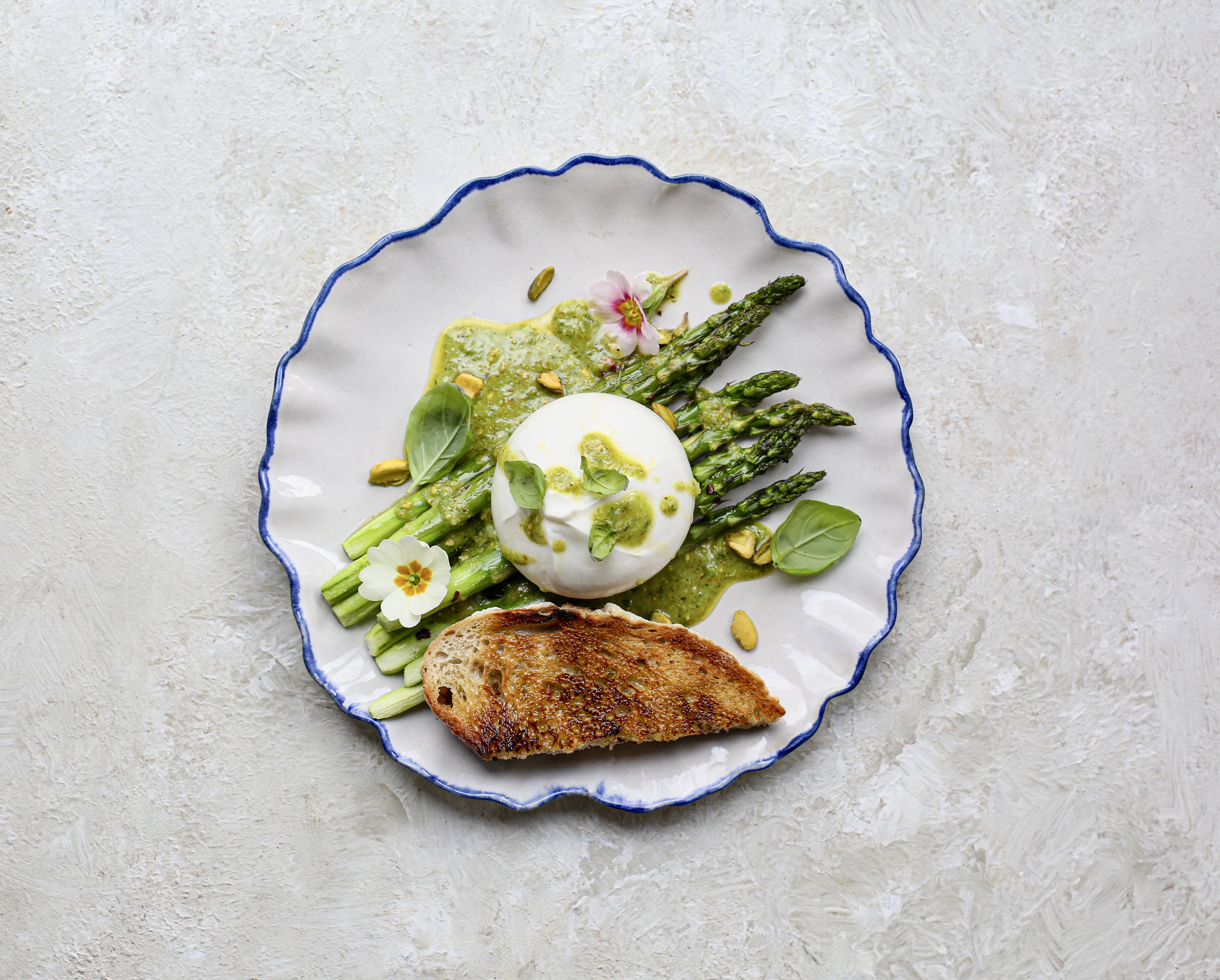 Two quick and easy seasonal asparagus recipes to try this Easter Weekend
Two quick and easy seasonal asparagus recipes to try this Easter WeekendAsparagus has royal roots — it was once a favourite of Madame de Pompadour.
By Melanie Johnson
-
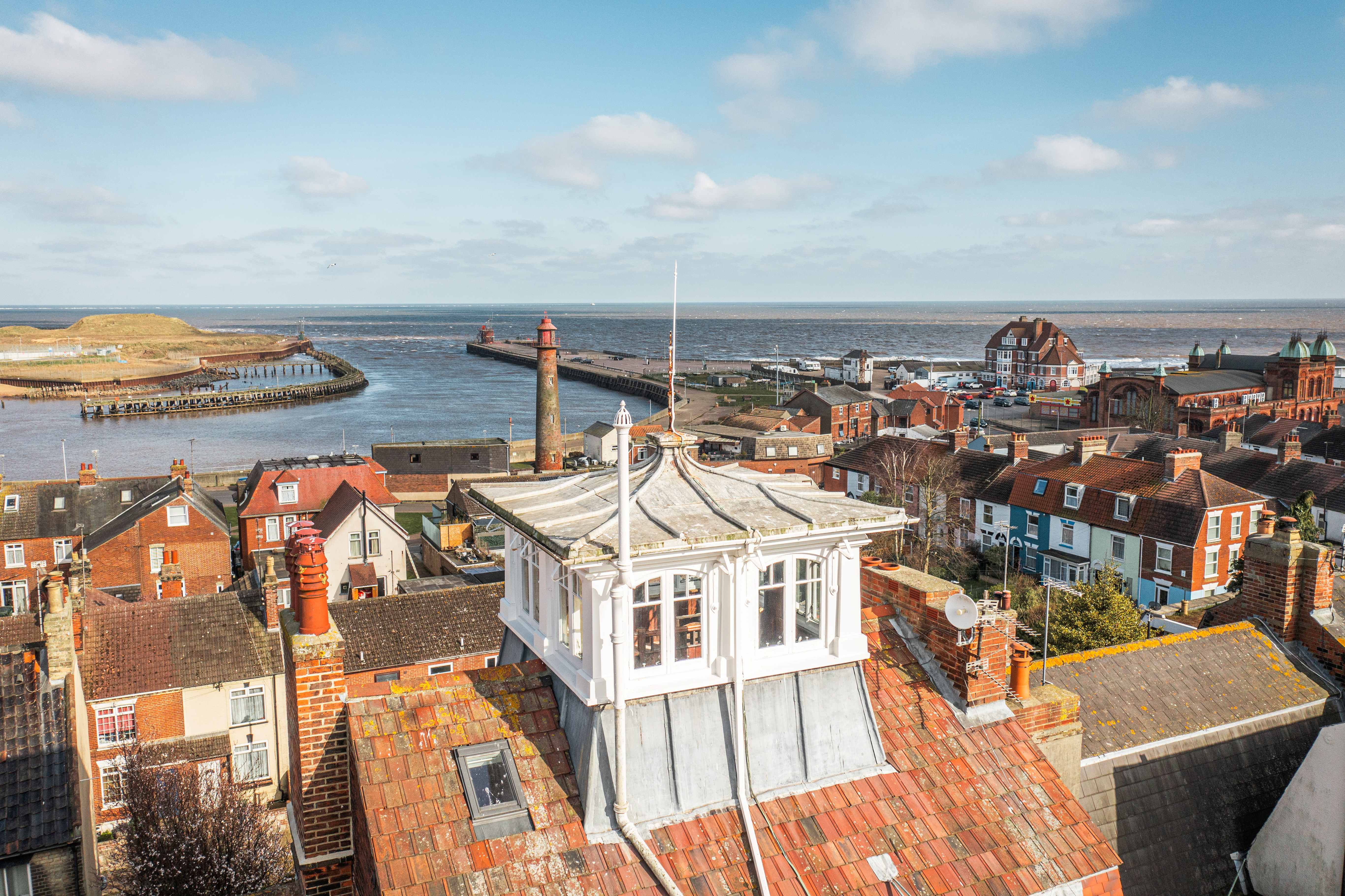 Sip tea and laugh at your neighbours in this seaside Norfolk home with a watchtower
Sip tea and laugh at your neighbours in this seaside Norfolk home with a watchtowerOn Cliff Hill in Gorleston, one home is taller than all the others. It could be yours.
By James Fisher